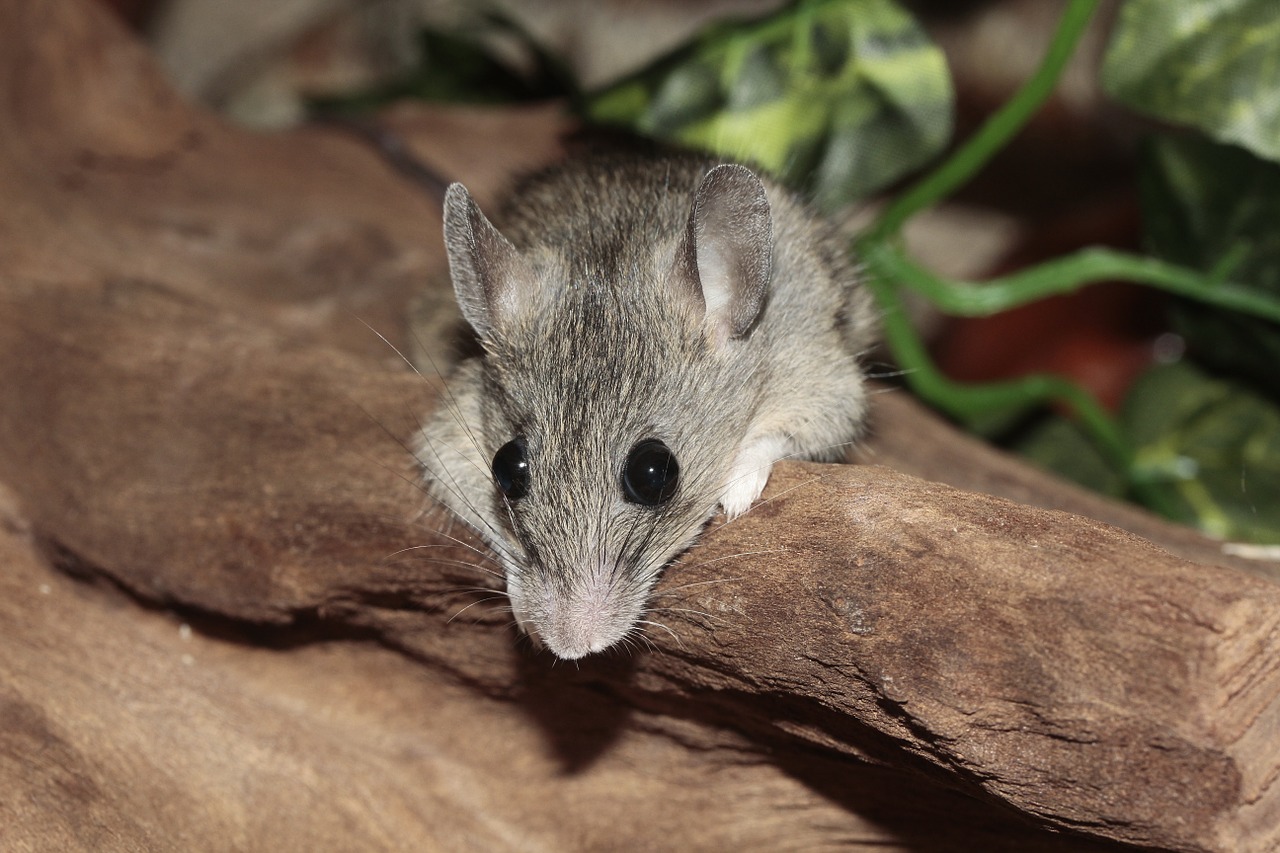
The house mouse so commonly seen scurrying about in human civilization settled with us some 15,000 years ago.
It had been thought that house mice evolved from their wild cousins after humans began farming and creating the enticingly large stores of food about 12,000 years ago.
However, new research has found evidence that hunter-gatherers of the Natufian culture in the Jordan Valley area of the Middle East put down roots for long enough to attract the rodents’ attention.
While they may have chosen a degree of domestication – rather than being selected by humans – they have since become pets and, famously or infamously, used as laboratory test subject in medical trials.
One of the researchers, Professor Fiona Marshall, of Washington University in St Louis, said wild mice had worked out that humans had something to offer – food and shelter – much earlier than previously thought.
A team of scientists, from the US, Israel, France and Aberdeen University in the UK, studied the remains of fossilized teeth left by the house mouse (Mus musculus domesticus) and a short-tailed field mouse (Mus macedonicus) over thousands of years and how numbers of the two different types changed over time.
“The research provides the first evidence that, as early as 15,000 years ago, humans were living in one place long enough to impact local animal communities – resulting in the dominant presence of house mice,” Marshall said.
“It’s clear that the permanent occupation of these settlements had far-reaching consequences for local ecologies, animal domestication and human societies.”
The house mouse’s early relationship with humans is described as commensalism, an early phase in the domestication process in which an animal realises that contacts with humans can be beneficial.
The earliest confirmed date for a mutually beneficial relationship between humans and dogs is also about 15,000 years ago, although there are much earlier cases where there was a possible link.
Another of the researchers, Dr Lior Weissbrod, of Haifa University in Israel, said house mice and wild mice populations had fluctuated with more of the latter when humans were forced to keep moving during dry periods and more of the former when they were able to set up reasonably permanent settlements.
“These findings suggest that hunter-gatherers of the Natufian culture, rather than later Neolithic farmers, were the first to adopt a sedentary way of life and unintentionally initiated a new type of ecological interaction – close coexistence with commensal species such as the house mouse,” he said
“The human dynamic of shifts between mobile and sedentary existence was unravelled in unprecedented detail in the record of fluctuations in proportions of the two species through time.”
This new research is published in the Proceedings of the National Academy of Sciences.





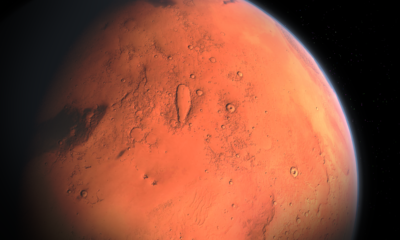

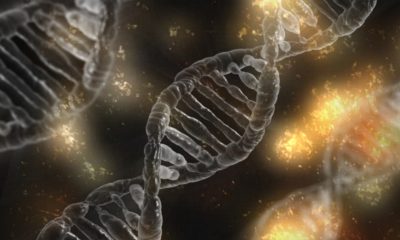
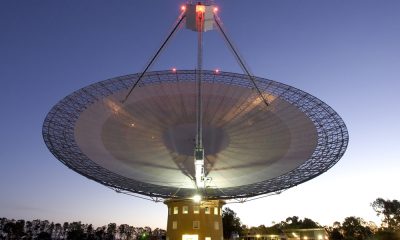
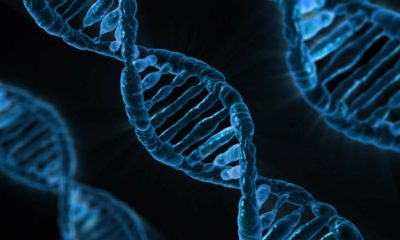





Facebook
Twitter
Pinterest
Google+
LinkedIn
Email